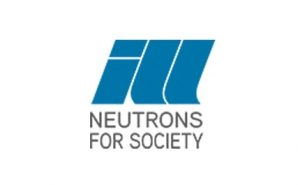-
tool
PaNdata software catalogue
software FAIR catalogue -
video
ILL's PhD talks
neutron scattering theorie neutron transport monochromization polarized neutrons multi grid detectors guide fields and solenoids quasi-elastic neutron scattering Small Angle Neutron Scattering time-of-flight magnetism and neutrons … -
game
vDiffraction: A serious game about diffraction and crystals
game diffraction crystal diffraction software -
video, slides
Neutrons for Magnetic Nanostructures on Surfaces: Beyond the Specular Intensity Wars
polarized neutron reflectometry grazing incidence scattering magnetic nanoparticles GISANS -
video, slides, scientific article
Seeing the chemistry in biology using neutron crystallography
macromolecular neutron crystallography biological macromolecules neutron -
video, slides
Neutron crystallography to inform drug design targeting SARS-CoV-2 main protease
COVID research neutron drug development neutron crystallography -
video
Machine learning in electronic-structure theory
machine learning electronic-structure theory -
tool
Neutrons4Science: Enter the world of neutrons! Just be curious!
neutron ILL ThALES neutron spectrometer Magnons gravitational spectrometer GRANIT -
service
ILL VISA Service
VISA compute hardware data analysis Data login required PaNOSC PaN Photon and Neutron remote analysis
Activity log

